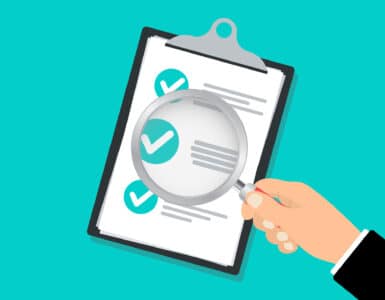You hear about an emergency or unexpected cost someone else experienced, and it’s all too easy to think: “That would never happen to me.” But it could — it might — at any time. That should be enough of a kick in the pants to get you to scrape together a financial cushion for emergencies. And yet for many people, it’s not. Study after study has shown nearly half of Americans don’t have even a couple thousand dollars to bail themselves out of an unexpected situation.
If you’re having trouble? It might be because the idea of an “emergency fund” doesn’t quite do it for you. According to research from the University of California San Diego, there are two different types of motivation at work when we’re approaching goals. One is the motivation to avoid something unpleasant; you might be motivated to avoid feeling strapped if your transmission goes, and that spurs you to save. The second is the motivation to approach something pleasant; you might be inspired to work your way toward financial freedom because you think you’ll like having that feeling of power in your day-to-day life. Latch onto whichever motivation makes more sense to you, then follow these additional tips to get started.
Trim the fat on your budget for a month.
If you decide to cut out some extraneous purchases, you stand to pick up some serious savings. Get yourself used to the idea of making cuts just for a month or two rather than forever. After that, having a base emergency fund might make you feel so powerful that you decide to keep saving. Start by taking a look at the purchase history on all your cards for the past month. Ask yourself: Where am I spending more than I’d like — and what can I cut out for a month to start building my savings? If you pay $5 for designer coffee before work every day, opting out — or making it at home — could save you $25 a week, $100 a month and even $1,200 a year, says Jane Thomas, professor of marketing at Winthrop University. Uber and other ride-sharing services are another option to put on temporary hold — try deleting the app or un-saving your payment info to make it more difficult to buy a ride on a whim. Finally, if you don’t use your gym membership, it could be time to cancel it and sock away that cash. If you’re not quite ready, some programs allow you to pay much less by putting your membership “on hold.”
Reframe the way you think about wants and needs.
The next step is to take another look at the things you’re trimming and “replace” them with something else. “Everything you do is trying to meet a need,” says Sarah Newcomb, behavioral economist at Morningstar. That’s what makes habitual spending so hard to stop cold turkey. When it comes to budget cuts, “you’ll only be successful if you figure out what need you’re trying to meet and find another way to meet that need,” says Newcomb. For example, if you’re stepping out of work to pick up a to-go snack every afternoon, the need you’re filling might actually be a break, some peaceful alone time. You could change the strategy for meeting that need to something cheaper or free — like a 15-minute walk around the office or in a nearby park. Even if you’re just finding $10 a week to save, that’s a start, and you’ll start to feel you have more control and power over your financial life.
Pick a new — or old-school — saving strategy, and stick with it.
Resolve to put your next windfall straight into that emergency fund. That might be your tax refund — last year’s refund averaged $3,120, according to the IRS. Another option is your “extra paycheck.” If you’re paid every two weeks, there will be two months out of the year when you’ll be paid three times. (Go ahead — check your calendar now to calculate which months.) Resolve to sock that chunk of cash away immediately — before you spend it — once it’s deposited. And if you’re into carrying paper money? One great strategy for you to save more is to put every $1 and $5 bill you get right into a savings jar. Once you make it to $50 or $100, take it to your nearest bank ATM or branch to see your fund’s balance go up. Finally, if you’re looking for an automatic — and higher-tech — way to save? Digit is an app that analyzes your spending patterns, then silently saves small amounts of money — usually between $5 and $50 — from your bank account every few days. It has a no-overdraft guarantee, and you can set it to save more or less aggressively based on your preferences. Finally, if you belong to a credit union, ask yours about opening a small savings or emergency account.






